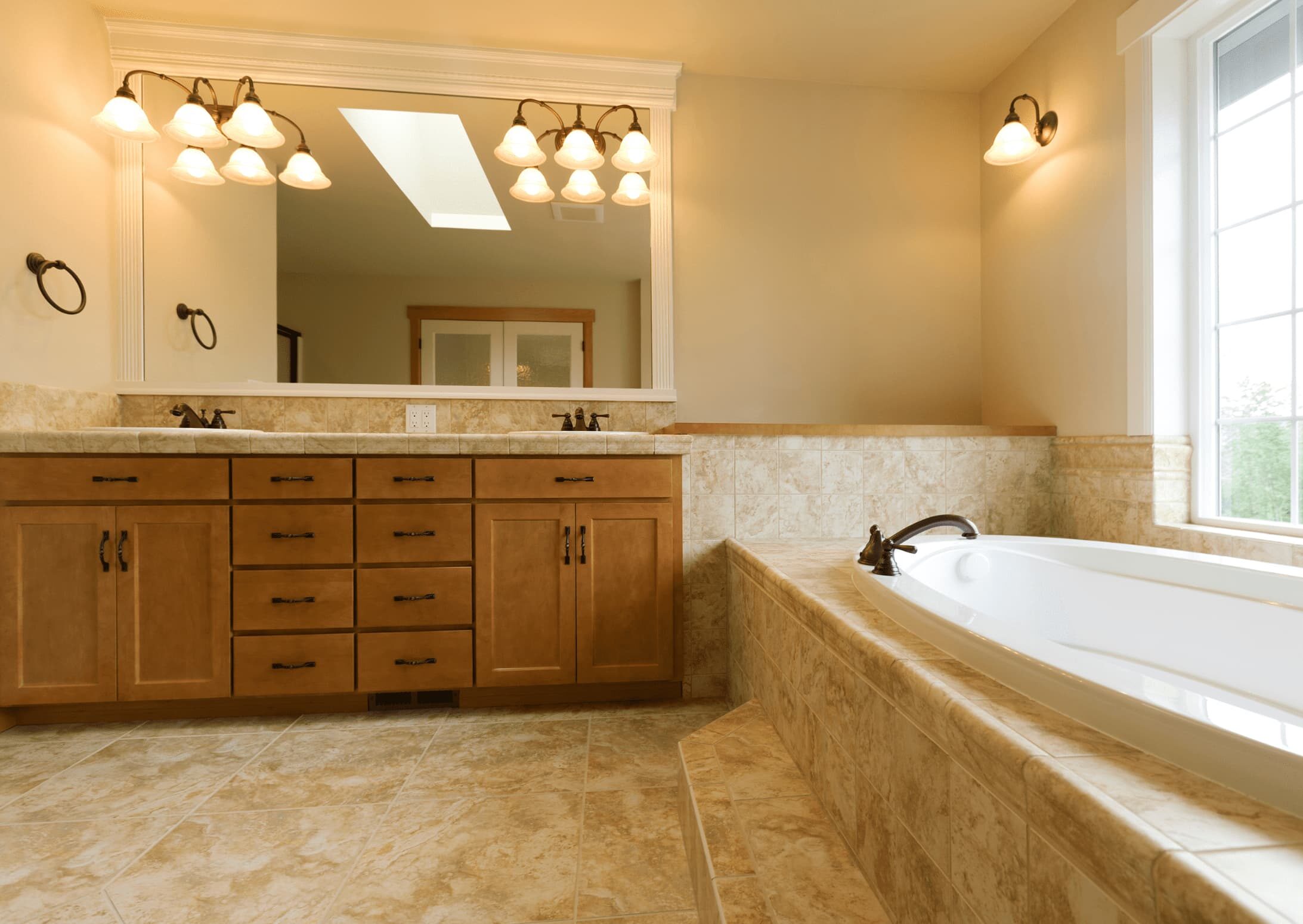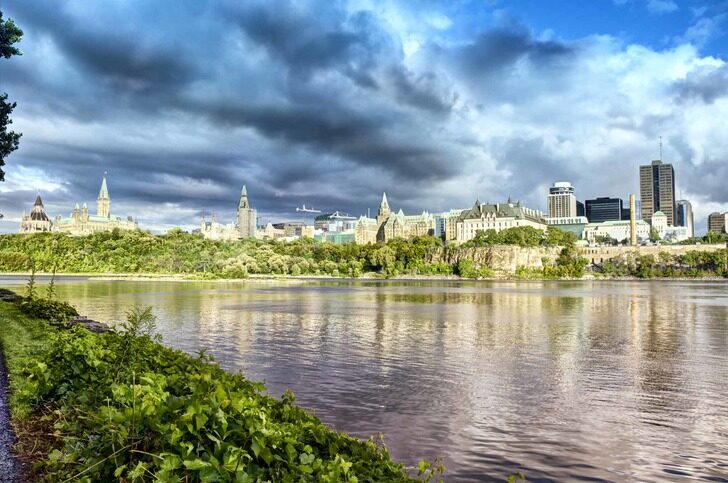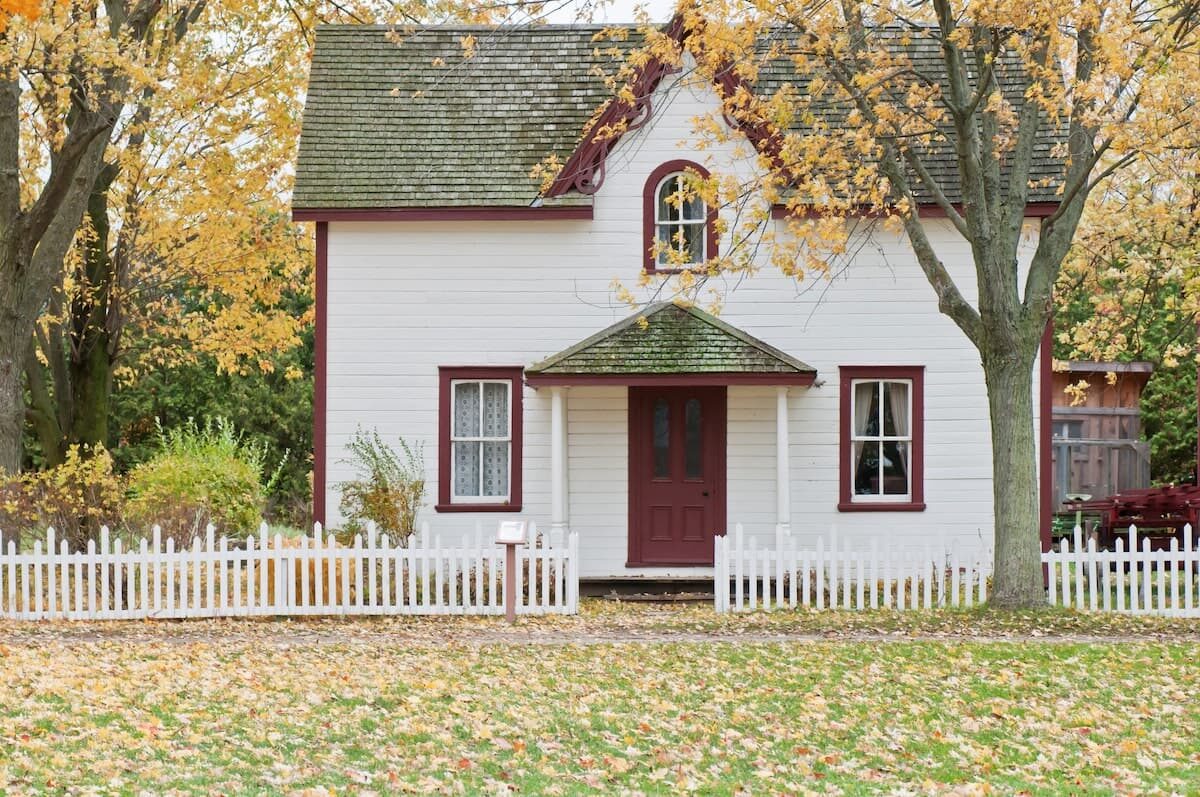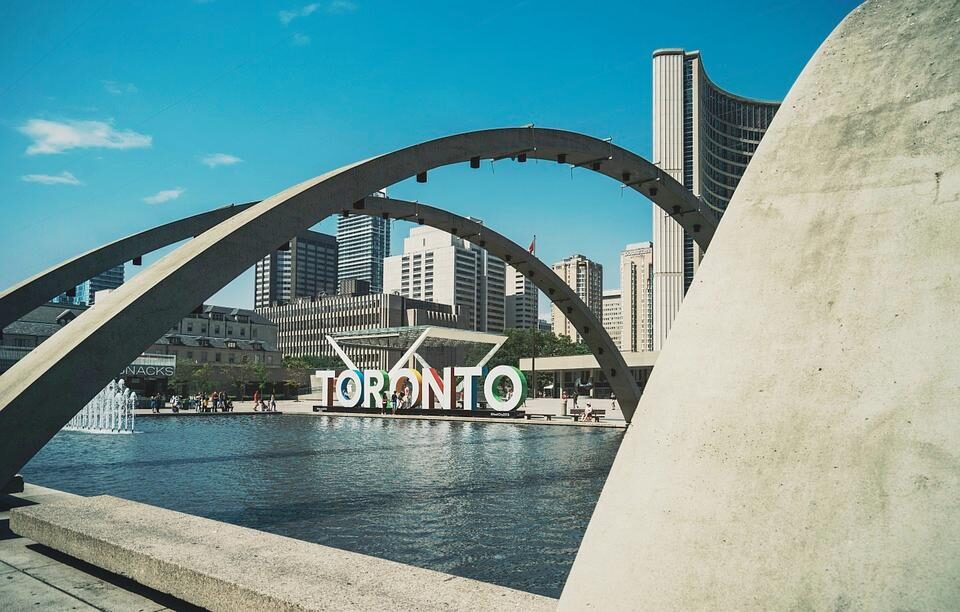Economists at Royal Bank of Canada say Canada has reached a record number of renters as the number of people renting has increased threefold over the past decade compared to homeowners.
The number of people who want to buy real estate is getting smaller and even smaller, the masses of millennials are forced to rent in cities where they can build the career they dream of, and as competition increases, so do prices, as we see in the rental market in Toronto and Vancouver.
This phenomenon, according to a new RBC Economics report, is not limited to major urban centers – it’s happening everywhere.
Average Canadian rents surpass record $2,000
The average cost of renting a home in Canada hit a record $2,024 in November.
According to Rentals.ca, rental properties are up 12.4 per cent this year compared to 2021.
Despite the fact that 66% of Canadians live in their own homes, people who rent have had to cut their expenses to be able to pay their landlords. Unfortunately, according to experts, this trend will continue in the near future.
Rents have risen 2.5 percent since October and 4.9 percent in the past three months.
The cost of rent for studios in condos has risen by a record 16.6% and is now $1,918. By paying an extra $132, you can get a one-bedroom condo apartment that will cost $2,050 to rent.
A two-bedroom condo apartment will now cost $2,422 per month and a three-bedroom will cost about $2,723.
Renting a studio, one, two or three-bedroom apartment in an apartment building will cost an average of $1,345, $1,657, $2,030 and $2,318, respectively. Two-bedroom rentals showed the biggest jump in price at 12.6 percent.
Where are the highest rents in Canada?
- British Columbia.
Rent costs in British Columbia are higher than in any other part of the country. Average rents in the province’s apartment buildings and condominiums rose 16% annually; one-bedroom apartments cost an average of $2,173, while tenants will have to pay $2,820 each month for two-bedroom apartments.
- Ontario
Rent prices in Ontario are rising 15.3% annually: a one-bedroom apartment will cost renters $2,156 on average and a two-bedroom will cost $2,638.
- Atlantic Canada
According to a report from Rentals.ca, Atlantic Canada has the fastest-growing rental market in the country, up 31.8% this November. Average rents in the region reached $1,716 for a one-bedroom apartment and $2,032 for a two-bedroom apartment.
- Alberta
Despite the fact that rents in Alberta have increased by 15% compared to 2021, rents in this province can be rented at fairly affordable prices: one-bedroom apartment will cost tenants $1,283 and two-bedroom – $1,618.
- Quebec
In Quebec, too, there is an increase in rents, but compared to other provinces, it is not so significant – 6.3%.
Highlights of the new report:
- The ranks of Canadian renters are growing rapidly. Although two-thirds of Canadian households owned their home in 2021, the number of renters has tripled over the past decade compared to homeowners.
- The shift to renting has spread widely across age groups and neighbourhoods, although younger Canadians and urban dwellers still make up the largest group.
- Rental housing has grown the most among baby boomers and in smaller cities.
- Housing affordability pressures, demographic factors and behavioural preferences currently driving these changes will continue to fuel them in the coming years.
- Bottom line: the rapid growth in the number of renters is not going to slow down.
Tenant Growth.
Canada has never had so many renters. According to the 2021 Census, nearly 5 million households rented the housing they lived in last year, up from 4.1 million a decade earlier.
Rental housing increased by 876,000 households (or 22%) compared to an increase of 770,000 households (8%).
Millennials have been renting longer than previous generations
Renting used to be a quick rite of passage to buying your first home. But there is plenty of evidence that younger generations of Canadians are not moving as quickly up the housing ladder (from rental housing to starter and larger homes). Moreover, the evidence suggests that homeownership rates among Millennials lag behind those of previous generations at the same age. And millennials have been renting for three to five years longer than their peers from the baby boomer generation.
This is not necessarily by choice. Difficult housing affordability conditions undoubtedly hinder millennials’ climb up the housing ladder – and especially their entry into home ownership.

Rental housing is a popular phenomenon among more than just the younger population
Because of pressure on housing costs, renting has historically been more common among younger age groups and urban families.
But recent census data indicate a broader shift over the past decade. Between 2011 and 2021, baby boomers (born between 1946 and 1964 and the largest generation of Canadians) surpassed millennials (born between 1981 and 1996) as the fastest-growing renter group (+4%).
In addition, the share of families renting has increased in municipalities of all sizes. Tenant growth over the past ten years has been 22% in smaller cities and 21% in larger cities.
Demographic trends are also driving demand for rental housing
Growing immigration and an aging population are also supporting the demand for rental housing. Given that most newcomers typically rent within the first five to ten years of living in Canada, rapidly growing immigration targets (from 250,000 in 2011 to more than 401,000 in 2021) have significantly increased demand for rental housing.
Of the one million recent immigrants (immigrants living in the country or in permanent residence for five years or less) living in private homes, 56% (640,700) lived in rental housing in 2018. This is nearly double the national average, making immigrants a disproportionate share of rental households in Canada.
Canada’s aging population has also contributed to rising demand. Of the 5 million renter-occupied housing units in 2021, nearly a quarter (22%) were occupied by seniors age 65 and older. That’s up 3 percentage points from 19% in 2011.
And more Canadians are choosing to live alone.
Because two incomes are often needed to cover the high costs of homeownership, many of these people end up renting. As of 2016, single people have overtaken married couples as the most common household type and will make up almost 30% of all households in 2021.






